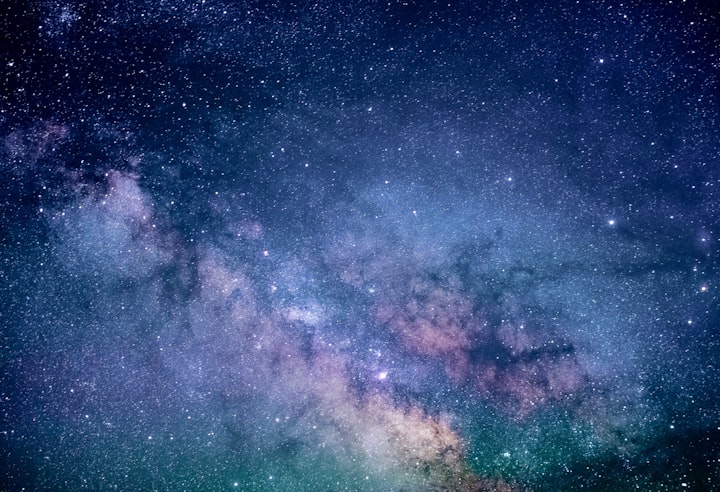The rainbow, a breathtaking arch of vibrant colors gracing the sky after a storm, has captivated humanity for millennia. It transcends a mere weather phenomenon, inspiring wonder, symbolizing hope, and holding diverse meanings across cultures. This article delves into the fascinating world of rainbows, exploring their scientific explanation, cultural significance, and artistic expression.
A Spectrum of Light: Unveiling the Science Behind Rainbows
Before we delve into the cultural and artistic realms, let's understand the scientific phenomenon behind rainbows. Rainbows occur when sunlight interacts with water droplets in the atmosphere. As sunlight, composed of various wavelengths representing different colors, enters a water droplet, it undergoes refraction. This means the light bends, separating into its constituent colors – red, orange, yellow, green, blue, indigo, and violet (often remembered with the mnemonic ROY G. BIV).
The different colors bend at slightly different angles, causing them to separate and form a spectrum. When you look towards the portion of the sky opposite the sun, where sunlight is refracted by falling raindrops, you witness the magnificent rainbow. The order of colors remains constant, with red being the least deviated and violet the most.
There are even rarer types of rainbows, like double rainbows, which occur when sunlight undergoes a second internal reflection within the water droplet, creating a fainter outer arc with the colors reversed. Moonbows, formed by moonlight instead of sunlight, appear faint due to the lower intensity of moonlight.
A Tapestry of Meanings: Cultural Interpretations of Rainbows
Across the globe, cultures have weaved rich stories and symbolism around rainbows. In many indigenous traditions, rainbows are seen as bridges connecting the earthly realm to the celestial realm. The Norse mythology depicts Bifrost, a rainbow bridge, as the pathway between Asgard (the realm of gods) and Midgard (the world of humans).
In Chinese mythology, rainbows symbolize good luck and fortune. After a great flood, a goddess named Nüwa is said to have mended the broken sky with five colored stones, creating the rainbow as a sign of hope and renewal.
In Irish folklore, rainbows are associated with leprechauns and their hidden pots of gold at the rainbow's end. This folklore reflects the elusiveness of rainbows and the promise of hidden treasures. In many Christian traditions, the rainbow is a symbol of God's covenant with humanity, a promise never to flood the earth again, as depicted in the story of Noah's Ark.
A Canvas of Expression: Rainbows in Art and Literature
Since the dawn of art, rainbows have served as a source of inspiration for artists across mediums. Cave paintings from prehistoric times depict depictions of rainbows, suggesting their enduring fascination.
Renaissance masters like Giotto di Bondone incorporated rainbows into their religious paintings, adding symbolism and divine light. Romanticism, a 19th-century art movement emphasizing emotions and nature's beauty, embraced the rainbow as a symbol of hope and transcendence. Caspar David Friedrich's "The Wanderer Above the Sea of Fog" exemplifies this connection, where a majestic rainbow graces the landscape, signifying a hopeful future beyond the mist.
In literature, rainbows often evoke a sense of renewal and wonder. William Wordsworth's poem "I Wandered Lonely as a Cloud" paints a vivid picture of a "rainbow" complimenting the beauty of daffodils. Irish poet William Butler Yeats references the "pot of gold" at the rainbow's end in his poem "The Lake Isle of Innisfree," symbolizing the pursuit of dreams and desires.
Modern art continues to embrace the rainbow's versatility. Pop artists like Andy Warhol utilized vibrant rainbow colors in his iconic prints, while contemporary artists like Yayoi Kusama create immersive installations featuring rainbow motifs, celebrating joy and interconnectedness.
Beyond Aesthetics: The Rainbow Movement and Social Change
Rainbows have also transcended their artistic and cultural symbolism to represent social movements. The rainbow flag, with its six stripes representing the colors of the rainbow, has become a powerful symbol of LGBTQ+ pride. The flag, designed by artist Gilbert Baker in 1978, signifies diversity, inclusivity, and the fight for LGBTQ+ rights.
The rainbow's association with hope and progress has fueled social justice movements seeking equality and change. Rainbow ribbons and pins have been used to raise awareness for various causes, such as environmental protection and mental health advocacy.
The Enduring Allure of the Rainbow
From its scientific explanation to its diverse cultural interpretations and artistic expressions, the rainbow continues to captivate us. It reminds us of the beauty and complexity of the natural world, offers a promise of hope after the storm, and inspires creativity across various mediums. Whether you witness a breathtaking rainbow after a rainy day, encounter its symbolism in a cultural story, or appreciate its depiction in art, it serves as a reminder of the interconnectedness between science, culture, and human creativity
About the Creator
Moharif Yulianto
a freelance writer and thesis preparation in his country, youtube content creator, facebook







Comments
There are no comments for this story
Be the first to respond and start the conversation.